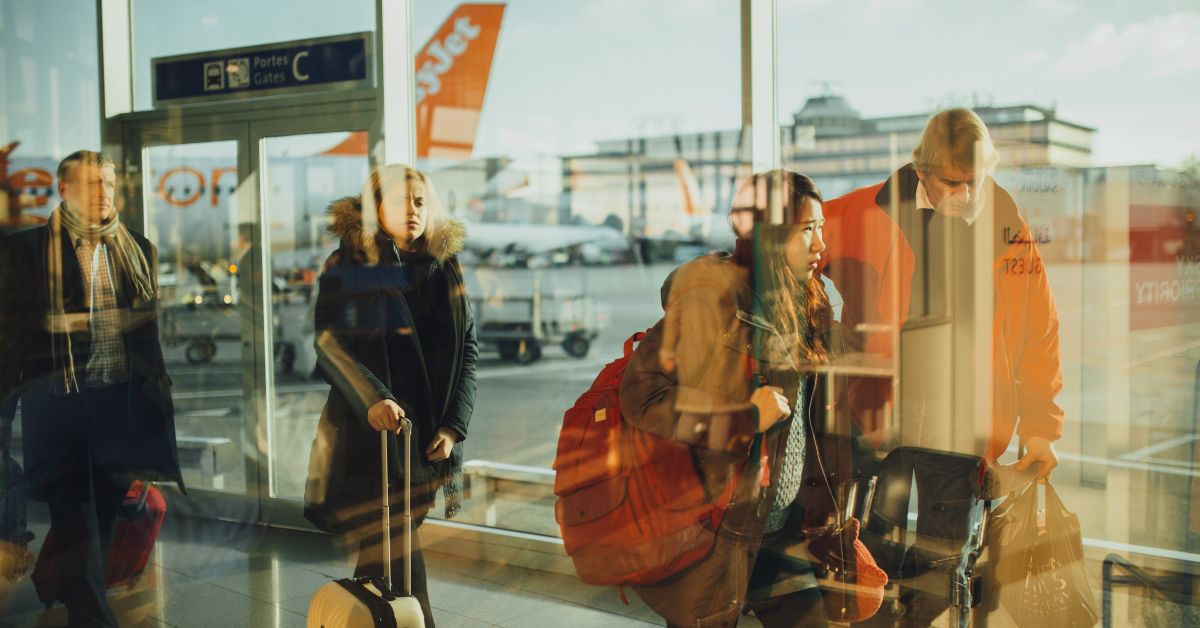Blog
The New 2025 Travel Ban: The List is Growing
Last Updated:
June 11, 2025
Last Updated:
September 16, 2025
Blog
Last Updated:
June 11, 2025
Last Updated:
September 16, 2025

On June 4, 2025, President Trump signed a sweeping new travel ban that blocks or restricts travel to the U.S. for nationals of 19 countries. The policy went into effect Monday, June 9, and impacts millions of people across Africa, the Middle East, the Caribbean, and Southeast Asia.
Let’s break down what this means, who’s affected, and what comes next.
This includes tourist visas, student visas, work visas, and green cards.
Work visas and other types may still be available, but even those are now under tighter restrictions. Visa validity periods may be shortened or reduced without warning.
The White House claims these countries failed to meet U.S. standards for identity verification, information sharing, and visa compliance. The administration points to high visa overstay rates and lack of cooperation on deportations.
It closely follows a visa crackdown that included mass deportations and program rollbacks. It echoes the 2017 Muslim ban, now with a broader geographic scope and a slightly different rationale.
And while Egypt, home of the man accused of a recent attack in Colorado, is not on the banned list, the administration used that incident to justify this policy.
There are a few exceptions:
But for most people, this policy will shut the door abruptly and with little recourse.
This is not just a list of countries. These are people. Families. Students. Workers. Children hoping to be reunited with parents. Researchers. Business owners. Athletes. Communities.
The travel ban will separate families, cancel education dreams, block urgent medical care, and damage U.S. diplomatic ties. It will also increase racial profiling and fear at consulates and borders, especially for dual nationals and people with Arabic or African names.
This ban took effect June 9. We don’t know who will be added next.
But we do know this: we’ve been here before. And we’re ready to push back.